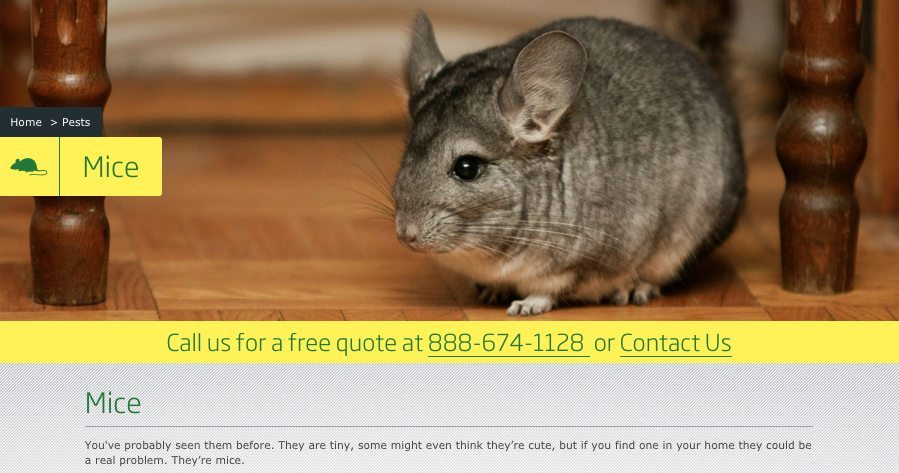Safeway = Not Safe for Wildlife and Pets?
By Jouko van der Kruijssen
This is a story of how a seemingly great urban wildlife encounter can turn rather depressing. Yesterday morning I was walking by the parking lot of the big Safeway in San Francisco’s Castro neighborhood and I considered myself pretty lucky when a Red-tailed Hawk swooped down right in front of me. It landed at the foot of a tree and immediately came back up with a little mouse in its talons. Apparently unfazed by shoppers and passersby just a few feet away — indicating that this was a routine action — it sat on a fence and started to eat the mouse. After a few minutes, the mouse was gone and the hawk returned to its perch on top of a utility pole.

I was quite excited about this unexpected encounter in front of me and my camera. It was a perfect example of urban wildlife displaying natural behavior without resorting to eating trash or food provided by people. Upon closer inspection though, it turned out things weren’t so great…
Under the tree where the hawk landed was a little black box. When I looked closer I saw it bore the label of the Western Exterminator Company. This hawk was catching mice around what looked like a poison bait station.
When mice or rats eat poisoned bait they don’t die right away. As they slowly bleed to death on the inside and run around disoriented and looking for water, they become little toxic snacks for raptors. After eating poisoned rodents, raptors experience the same effects as the intended targets of the poison, but usually at a slower rate as they are larger and ingest smaller amounts. Over time though, these effects aren’t any less painful or lethal. In fact, about three quarters of dead raptors found and examined in San Francisco show signs of exposure to rodenticides.
I wasn’t 100% sure if I was looking at a poisonous bait station, or perhaps another type of trap, so I visited Western Exterminator’s website to see if they had some information. I clicked on “mice” from the menu and was rather surprised to see a large header image of a chinchilla accompanied by the text “Mice, you’ve probably seen them before.” Not the most encouraging sign of professionalism when you look for rodent removal experts. They’ve only been doing it for a century… Either way, I found no detailed information on their traps, baits and poisons.

Next, I contacted RATS (Raptors Are The Solution), an organization that advocates against the use of rodenticides, precisely because of the effect it has on raptors, other wildlife, and pets. I was just looking for an answer regarding the type of trap and if I should be worried about this hawk, but within an hour they were on the phone with Safeway and the City of San Francisco to get this issue resolved.
The folks at RATS found that while the parking lot is owned by the City, it is managed by Safeway and neither party is taking complete responsibility for the presence of the bait stations. There was some hope that they would remove the bait stations quickly though, so I went back today to see if the situation had improved and to see if there were more bait stations in the area. It turned out to be worse than I imagined. I counted a total of 10 bait stations, some located right next to pavement and walkways. Some clearly read “POISON DO NOT TOUCH” and at least two of the stations were damaged or opened so that the insides were exposed. Needless to say, an open bait box with poisonous snacks inside is a whole new type of hazard that should worry every dog owner in the area.

Regardless of whether any action is taken by either Safeway or the City, things don’t look good for this hawk. Depending on how much poison was ingested and on if and how quickly the poison is removed, there is a good chance it will die from internal bleeding. It is not unlikely that other raptors are affected as well. Apart from red-tailed hawks, the beautiful red-shouldered hawk and majestic great-horned owl hunt throughout San Francisco. All three species have fallen victim to the effects of rodenticides in the past. Instead of being rewarded or encouraged, they are being killed while doing their part in maintaining our rodent problem.
If you or your business have a rodent problem and are looking for an effective and raptor-friendly solution, be sure to check out RATS’ website, they have tons of tips and recommendations, as well as some examples of businesses that successfully switched from poison to traps.
If you don’t have a rodent problem, don’t do anything! Raptors will keep the populations in our parks and yards in check. They have millions of years of experience with rodent control and are doing a much cleaner job than those who, even after “nearly 100 years” in the business, can’t tell the difference between a mouse and chinchilla.
——————————————————
Raptors Are The Solution (RATS) spoke with David Papalias, the manager of the Safeway at Market and Church Streets, last Thursday but as of Saturday, they had done nothing to remove the poison bait boxes. It will only be a matter of time until this hawk ingests enough poison to sicken or die. RATS is asking people to send a polite email to Mr. Papalias requesting removal of the bait boxes: david.papalias@safeway.com or call the store and ask to speak with him at (415) 861-7660. Even better, go in to the store and complain in person! Other folks you can contact there: Larree.Renda@safeway.com and
Melissa.Plaisance@safeway.com, and let them know that bait boxes are not in line with Safeway’s corporate sustainability policy. Remember to be polite and civil. Hopefully we can make this a learning experience for Safeway.
